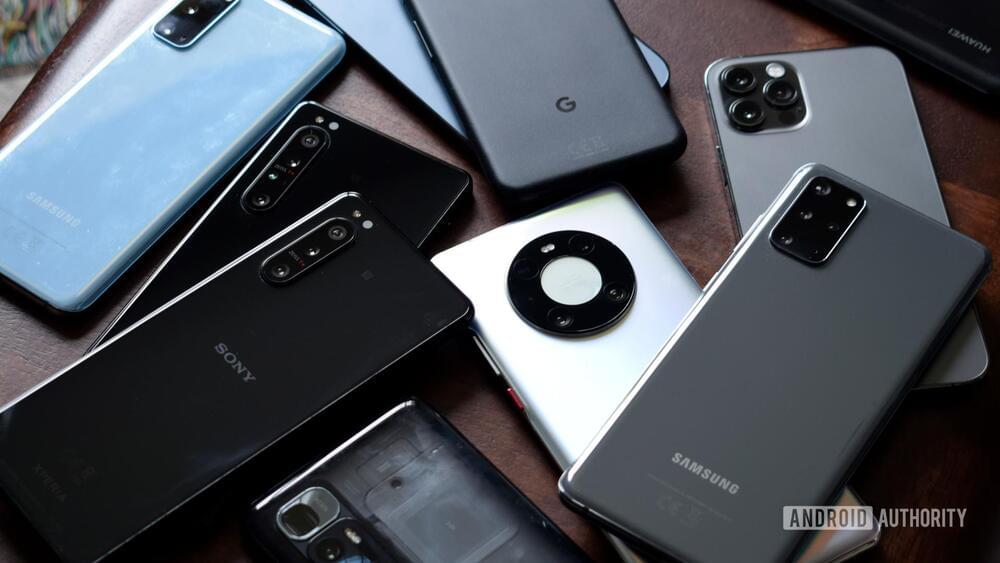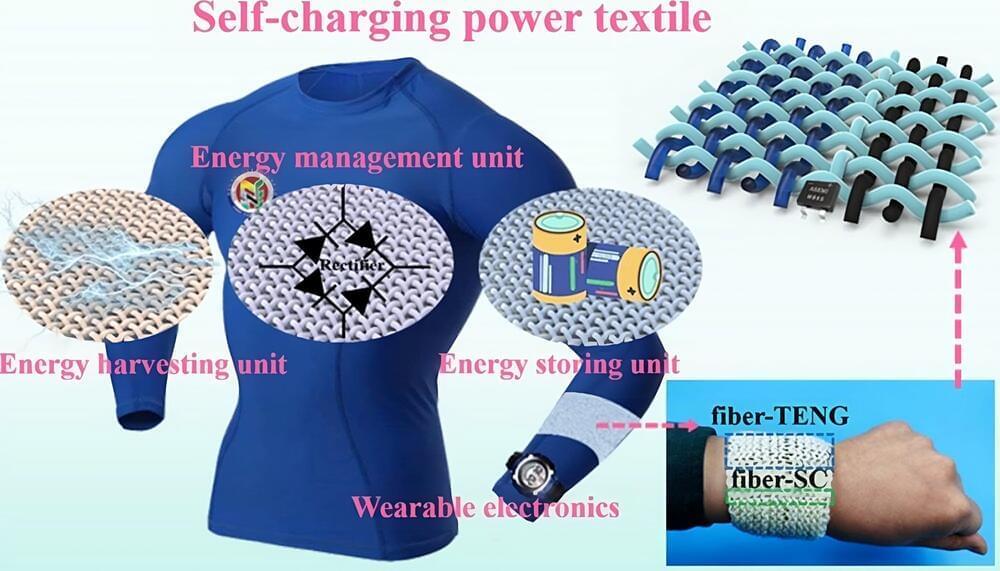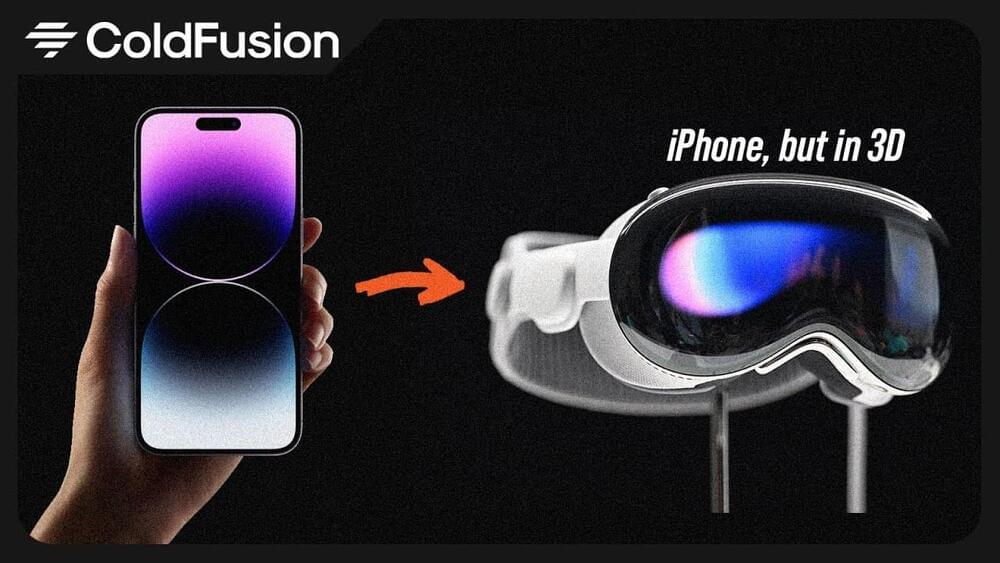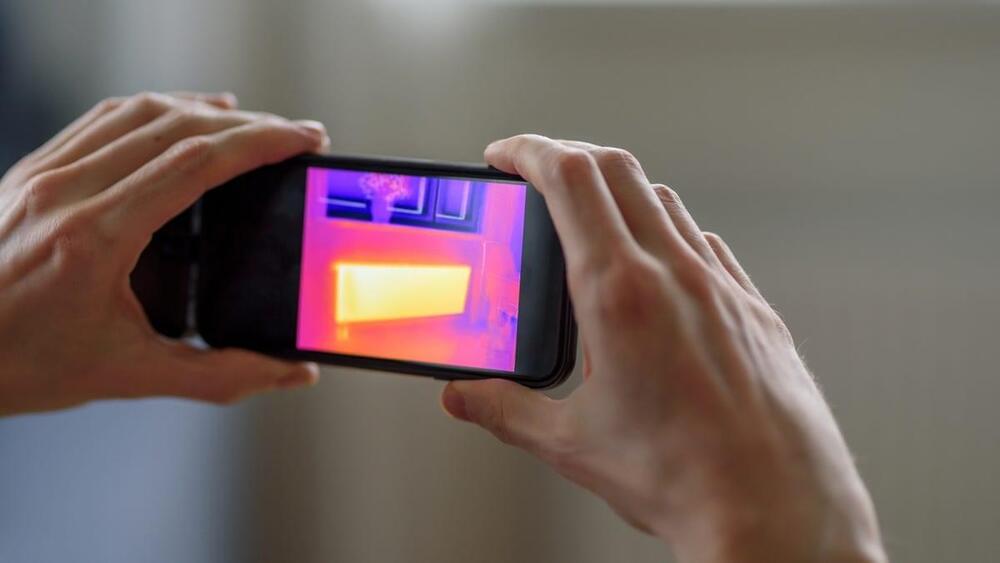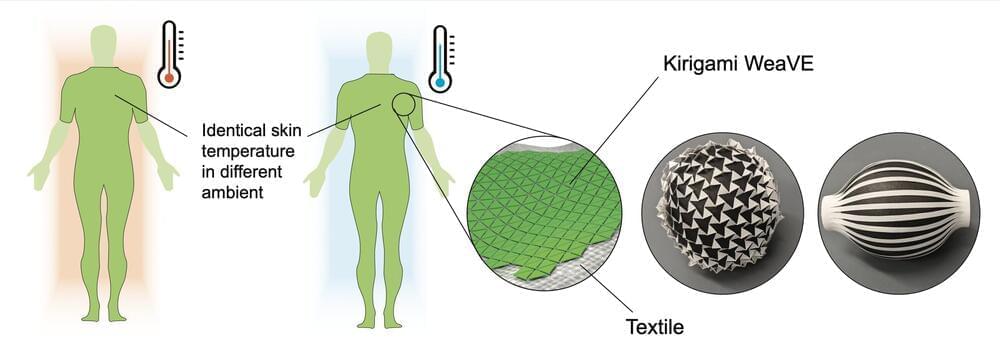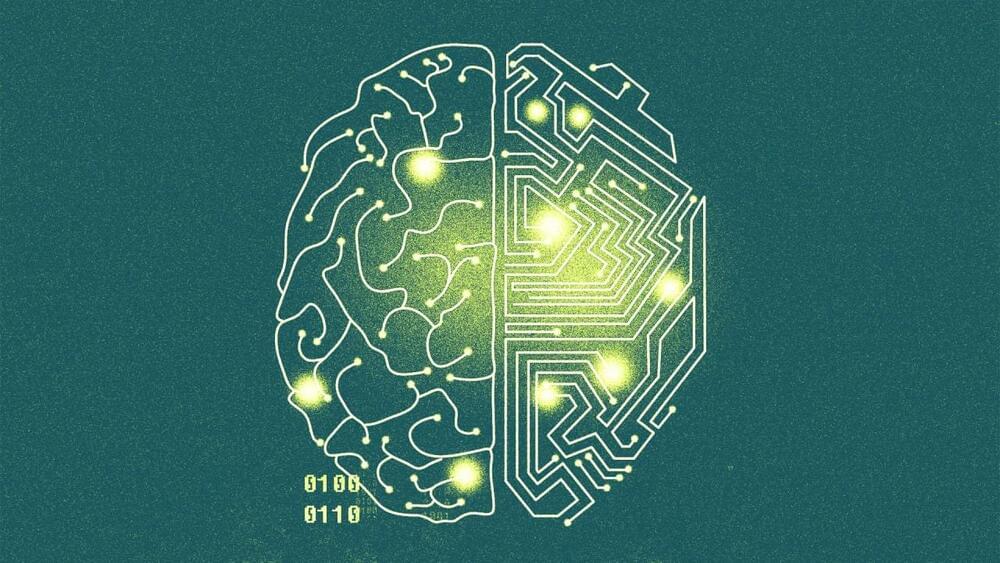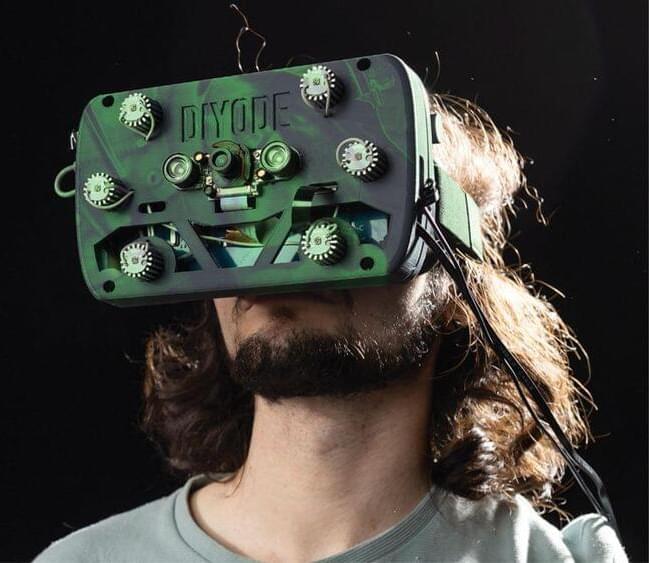Jun 20, 2023
Amazon.com: Exponential Organizations 2.0: The New Playbook for 10x Growth and Impact eBook : Ismail, Salim, Diamandis, Peter H., Malone, Michael S., Kurzweil, Ray : Kindle Store
Posted by Kelvin Dafiaghor in categories: mobile phones, Peter Diamandis, Ray Kurzweil
Exponential Organizations 2.0: The New Playbook for 10x Growth and Impact — Kindle edition by Ismail, Salim, Diamandis, Peter H., Malone, Michael S., Kurzweil, Ray. Download it once and read it on your Kindle device, PC, phones or tablets. Use features like bookmarks, note taking and highlighting while reading Exponential Organizations 2.0: The New Playbook for 10x Growth and Impact.

